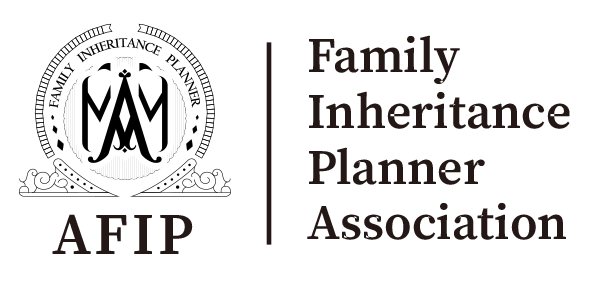The People’s Bank of China (PBoC) has implemented consecutive reductions in the rates of reverse repurchase agreements (RRP), standing lending facilities (SLF), and medium-term lending facility (MLF) to intensify countercyclical adjustments and promote economic recovery.
- The 7-day reverse repo operation (RRP) rate was lowered by 10 basis points to 1.9%.
- The SLF rates were reduced by 10 basis points, with overnight, 7-day, and 1-month rates adjusted to 2.75%, 2.90%, and 3.25% respectively.
- The 1-year MLF rate was lowered by 10 basis points from 2.75% to 2.65%.
Economic data for May indicates a weakening momentum in China’s economic recovery, with a slowdown in industrial value-added growth, lower-than-expected growth in total retail sales of consumer goods and fixed asset investment. The real estate market continues to drag down economic growth, with declining real estate investment, reduced new construction starts, and a decline in average residential property prices.
Perspective:
Against the backdrop of a sluggish economic recovery, the PBoC has taken additional measures to lower interest rates and stimulate economic growth. However, the data reveals a weakening momentum in China’s economic recovery, particularly evident in the deceleration of industrial growth, lower retail sales, and slower fixed asset investment. The persistent downturn in the real estate market further weighs on economic growth, with declining real estate investment, reduced new construction starts, and a decline in average residential property prices. Experts suggest that continued monetary and fiscal support is needed in the short term and calls for more actions in the real estate sector by the government. The Chinese government is considering a package of policies to promote a stable economic rebound. While the PBoC’s rate cut measures have had some impact on the bond and stock markets, boosting market sentiment to some extent, sustained support measures are still necessary for the long term.

